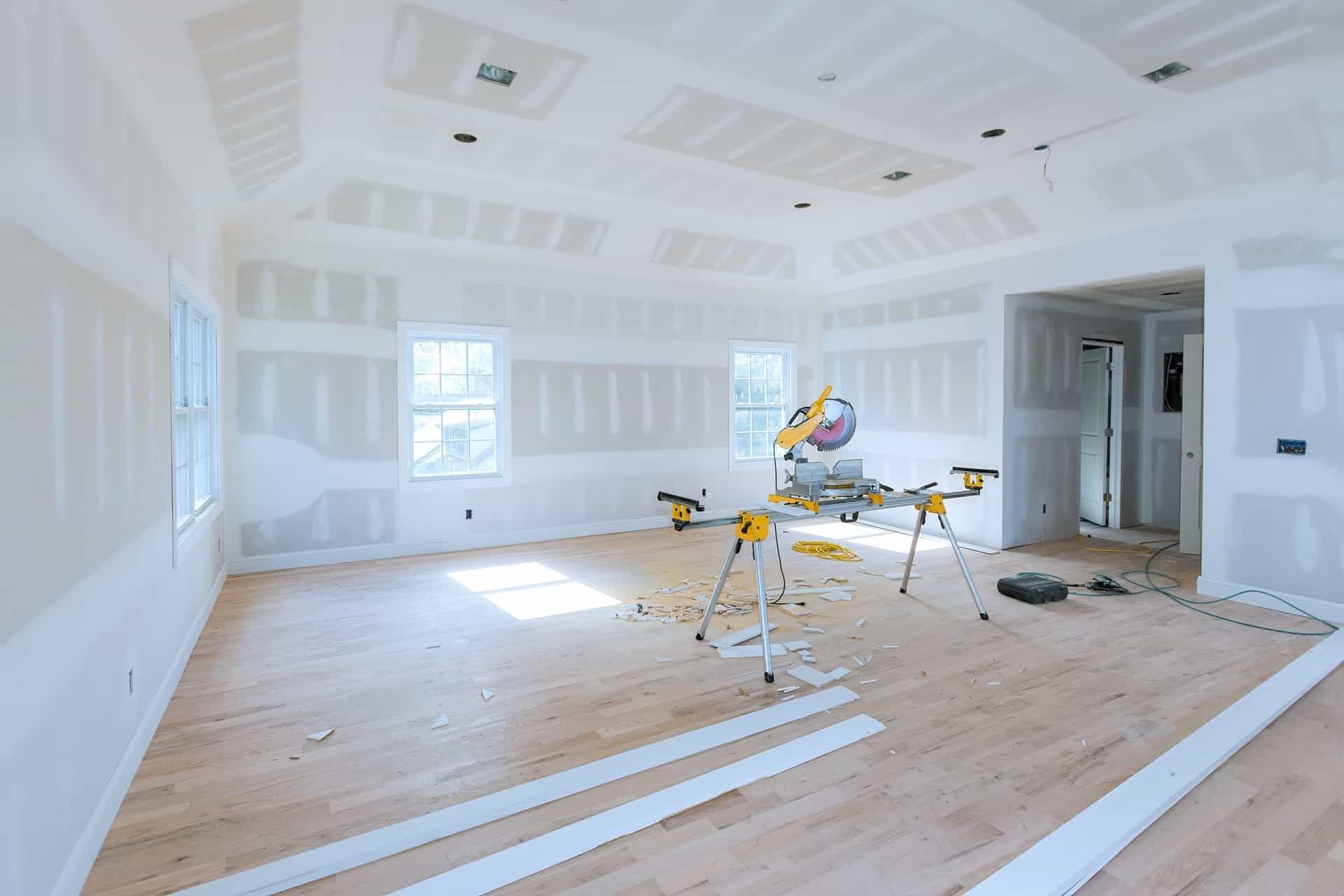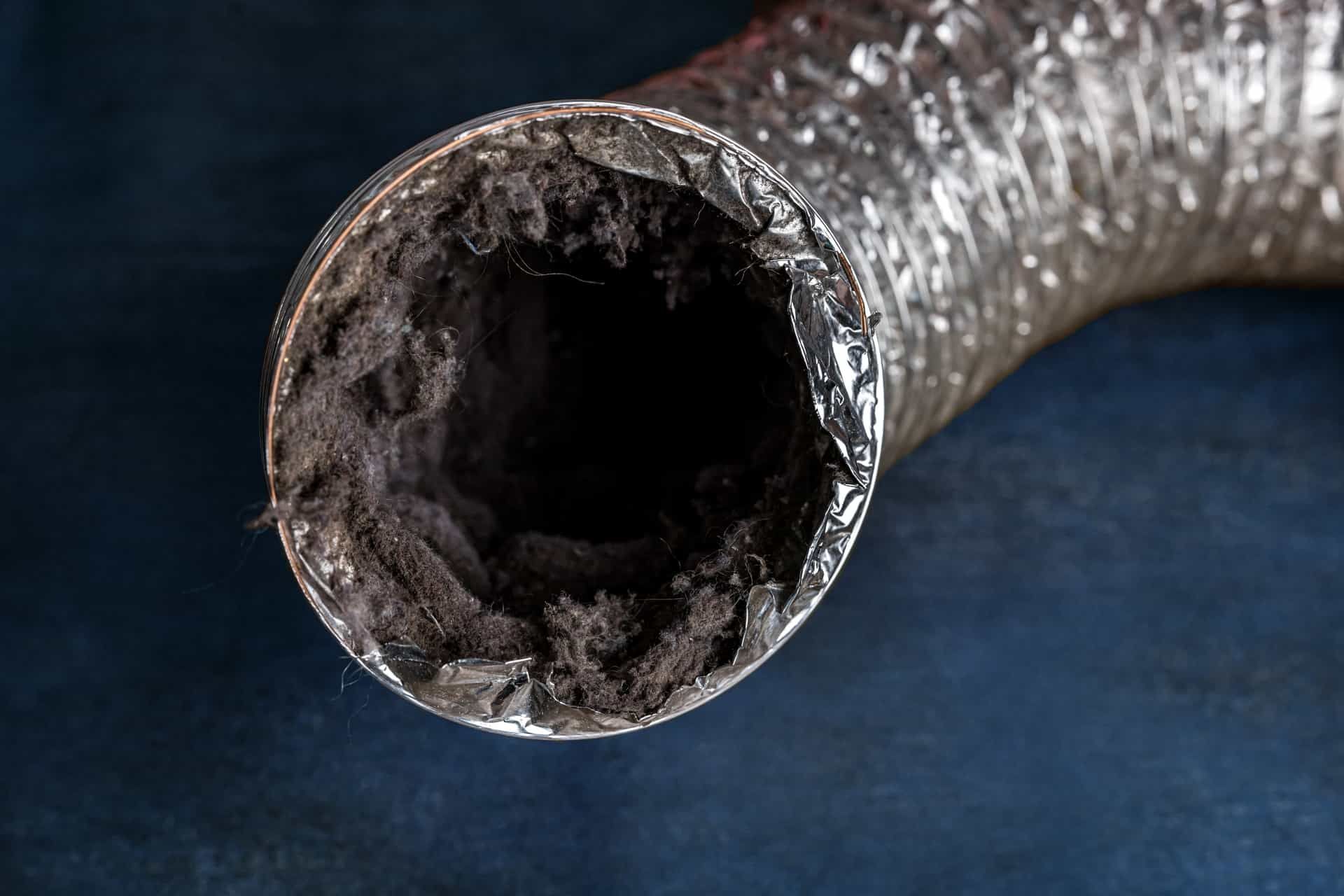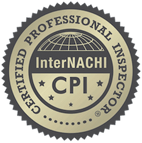Florida Wood-Destroying Organism (WDO) Inspection
Florida’s warm and humid climate makes it a perfect home not just for people but also for wood-destroying organisms (WDOs). These pests can cause significant damage to homes and buildings, making WDO inspections essential for property owners.
Whether you’re buying a home or maintaining one, understanding the importance of a WDO inspection can save you time, money, and stress.
What is a WDO Inspection?
A Wood-Destroying Organism (WDO) inspection is a thorough evaluation of a property to identify the presence of pests that destroy wood. These organisms include
termites, wood-decaying fungi, and other pests that can compromise the structural integrity of a building. In Florida, WDO inspections are commonly required during real estate transactions to ensure the property is free from infestations and damage.
Why Are WDO Inspections Important?
WDO inspections are crucial for several reasons:
- Protecting Structural Integrity: Wood-destroying organisms can weaken the foundation and structure of a property. Regular inspections help identify problems early, preventing costly repairs in the future.
- Legal Requirements: In Florida, a WDO inspection report is often required when buying or selling a home. This report gives potential buyers peace of mind and helps sellers address issues before listing their property.
- Preventing Health Hazards: Certain types of wood-decaying fungi can release spores that affect indoor air quality, leading to respiratory problems for residents.
- Preserving Property Value: Homes with a history of WDO infestations can lose value. Regular inspections ensure the property remains in good condition, preserving its market value.
Common Wood-Destroying Organisms in Florida
Florida is home to several types of wood-destroying organisms. Here are the most common ones:
- Termites:
- Subterranean Termites: These termites build colonies underground and access wood through mud tubes. They are the most destructive type in Florida.
- Drywood Termites: Unlike subterranean termites, drywood termites infest wood directly and do not require contact with soil.
- Formosan Termites: Known as “super termites,” Formosan termites are highly aggressive and can cause extensive damage in a short time.
- Wood-Decaying Fungi: Fungi thrive in moist environments and cause wood to rot. Common signs include discolored or spongy wood.
- Powderpost Beetles: These beetles lay eggs in wood, and their larvae bore through it, leaving behind a fine powdery residue.
- Old House Borers: These pests infest wood used in construction, particularly in older homes, and create large holes as they burrow.
What Happens During a WDO Inspection?
A licensed inspector conducts the WDO inspection, examining various areas of the property for signs of infestation or damage. Here’s what to expect during the process:
- Visual Inspection: The inspector examines the exterior and interior of the property, including walls, floors, ceilings, attics, crawl spaces, and basements. They look for signs like:
- Mud tubes (created by subterranean termites)
- Frass (termite droppings)
- Hollow-sounding wood
- Discoloration or decay
- Using Tools for Detection: Advanced tools like moisture meters and infrared cameras are sometimes used to detect hidden infestations. These tools can identify moisture levels in wood, which is often a sign of decay or termite activity.
- Identifying Damage: The inspector will assess the extent of the damage caused by WDOs. This includes determining whether the infestation is active or old.
- Preparing the WDO Report: After the inspection, the inspector provides a detailed report outlining their findings. This report includes:
- The type of wood-destroying organisms detected
- The areas of the property affected
- Recommendations for treatment or repairs
Signs You Might Need a WDO Inspection
Even if you’re not in the process of buying or selling a home, there are signs that you may need a
WDO inspection. These include:
- Unexplained damage to wooden furniture or structures
- Sawdust-like material near wooden items
- Visible mud tubes on walls or foundations
- Hollow-sounding wood when tapped
- Crumbling or rotting wood
Preventing Wood-Destroying Organisms
While WDO inspections are essential, prevention is the best way to protect your property. Here are some tips to keep WDOs at bay:
- Reduce Moisture: Fix leaks and ensure proper drainage around your home to eliminate the moist conditions that attract termites and fungi.
- Seal Cracks and Gaps: Seal any cracks in your home’s foundation and gaps around doors and windows to prevent pests from entering.
- Remove Wood Debris: Keep firewood, lumber, and other wood materials away from your home’s foundation.
- Regular Maintenance: Schedule regular inspections and treatments to address any issues before they become severe.
What to Do If WDOs Are Found?
If a WDO inspection reveals an infestation, take immediate action. Here’s what you should do:
- Consult a Professional: Hire a licensed pest control company to treat the infestation. They can recommend the best methods, such as fumigation or localized treatments.
- Repair Damaged Areas: Replace or repair any wood that has been compromised to restore the structural integrity of your property.
- Schedule Follow-Up Inspections: Regular follow-up inspections ensure that the infestation is completely eradicated and that no new issues arise.
The Role of Licensed Inspectors in Florida
In Florida, WDO inspections must be conducted by licensed professionals. These inspectors are trained to identify even subtle signs of infestations and provide accurate reports. Choosing a qualified inspector is essential to ensure the inspection meets state requirements and gives you reliable results.
Conclusion
A Florida Wood-Destroying Organism (WDO) inspection is a vital step in protecting your property from structural damage and preserving its value. With the state’s warm climate providing the perfect conditions for pests, regular home inspections are an essential part of homeownership. Whether you’re buying a new property or maintaining your current home, a WDO inspection offers peace of mind and helps you address potential problems before they escalate.
Protect your home with a professional WDO inspection today—contact
Guardian Angel Inspections to schedule your appointment!
Disclaimer: The information on this website and blog is for general informational purposes only and is not professional advice. We make no guarantees of accuracy or completeness. We disclaim all liability for errors, omissions, or reliance on this content. Always consult a qualified professional for specific guidance.
Share this entry







